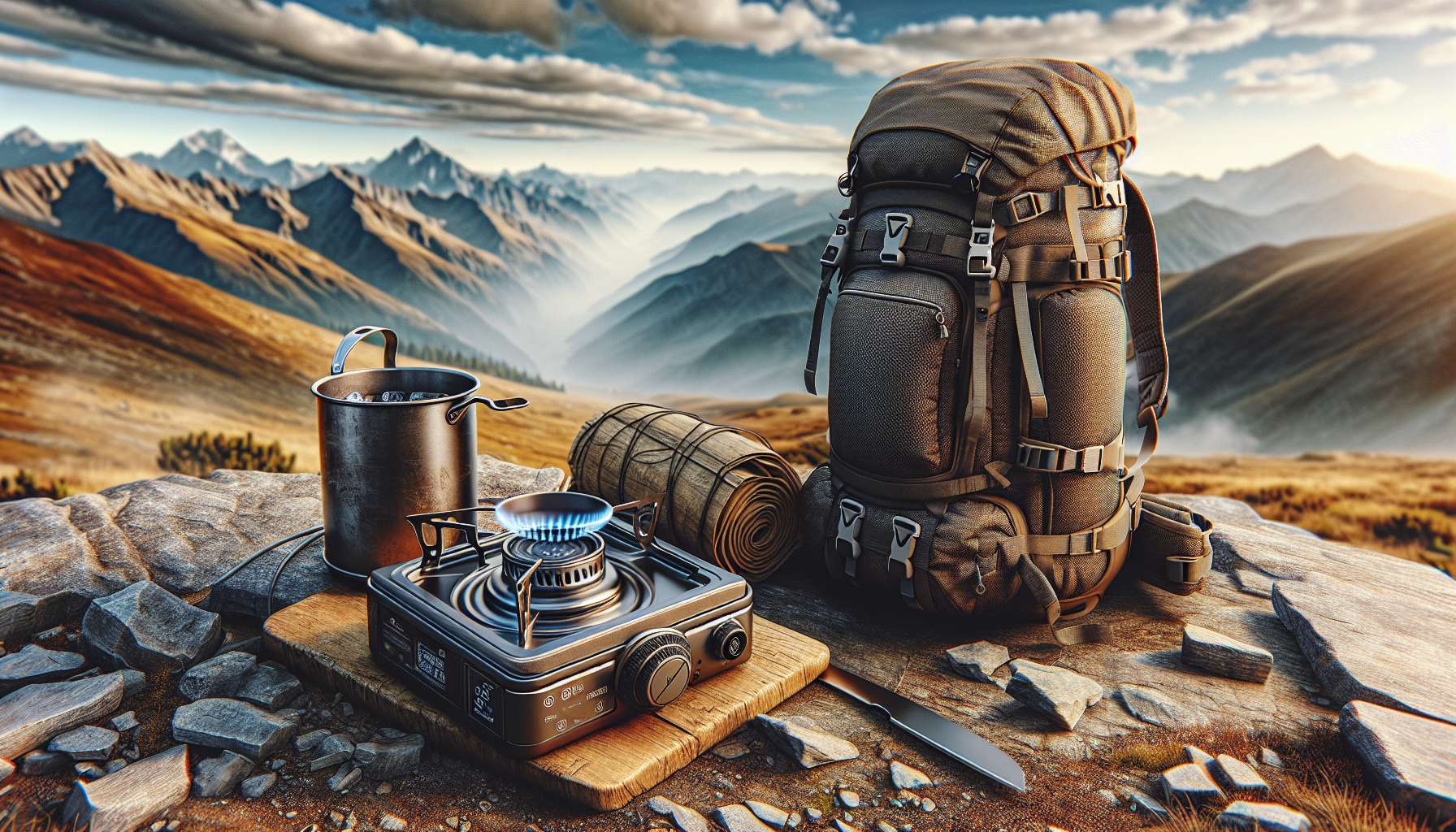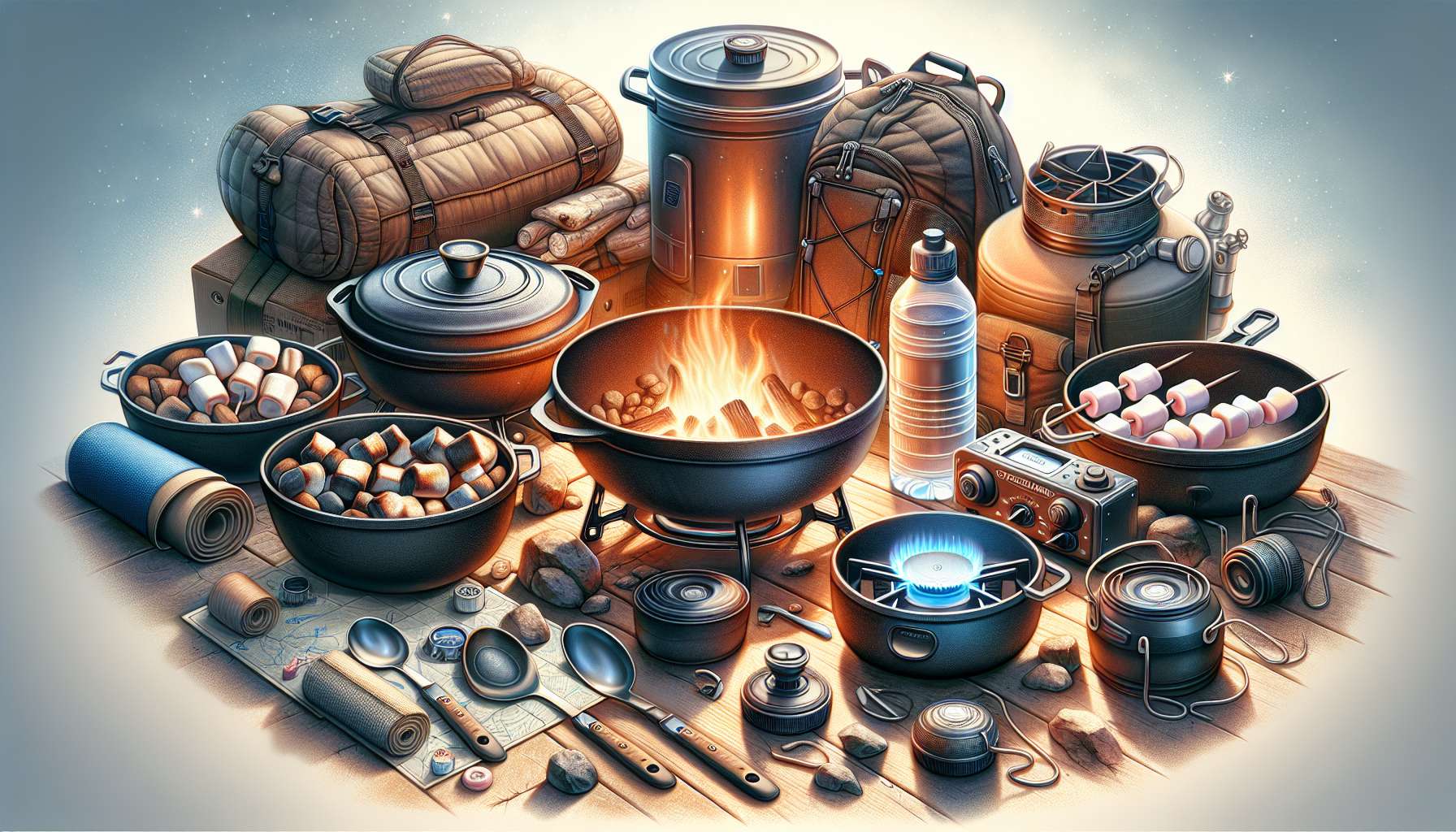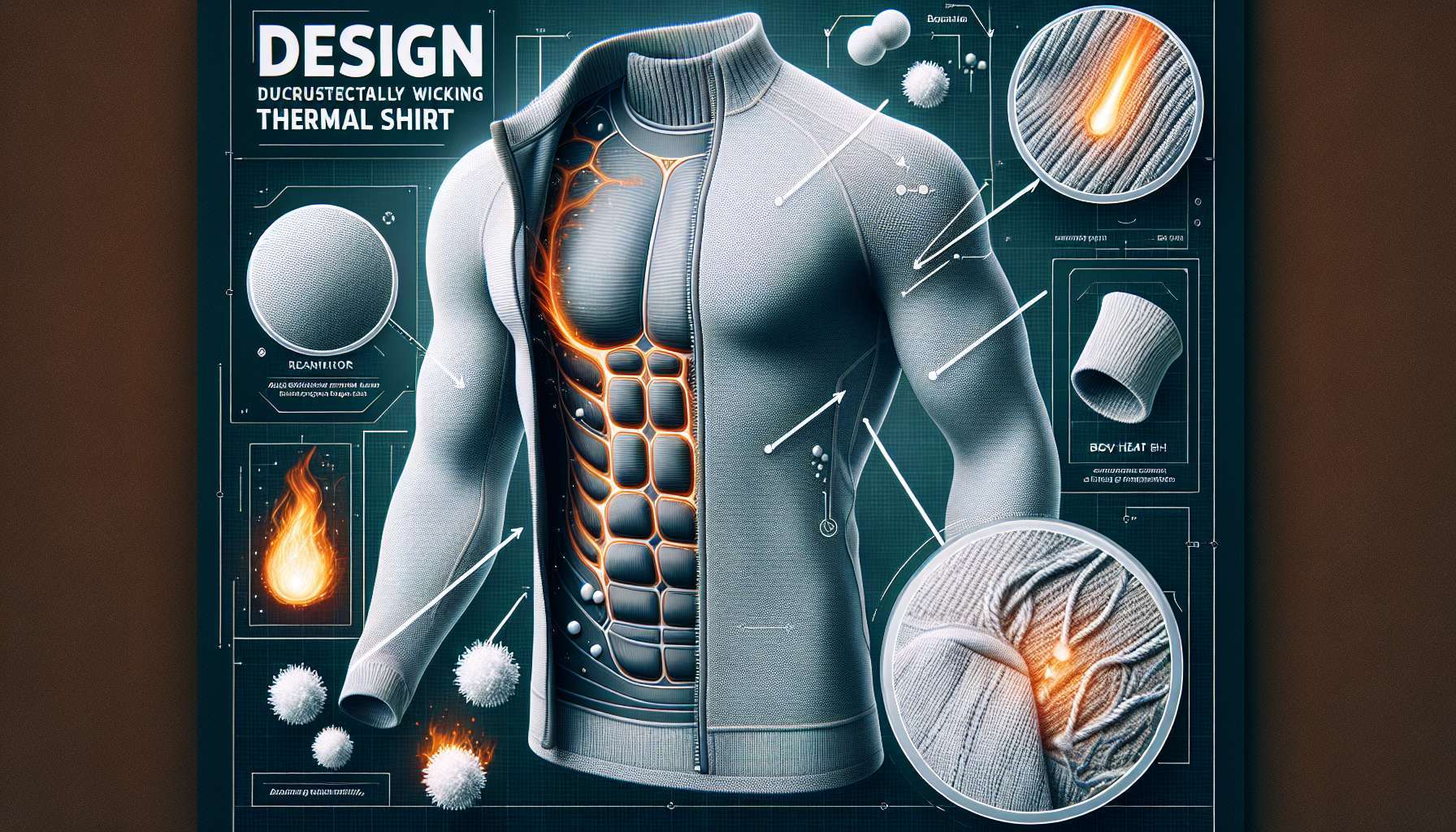Exploring the World of Backpacking Stoves
Heading out into the great outdoors for a backpacking adventure is an exhilarating experience. Whether you’re trekking through the mountains, camping in a remote forest, or exploring the wilderness, having the right gear is essential. One piece of equipment that can make or break your outdoor escapade is a backpacking stove. These portable cooking devices are designed to provide you with a reliable source of heat to cook meals, boil water, and keep warm in the wild. In this comprehensive guide, we will delve into the world of backpacking stoves, exploring their history, types, features, and benefits to help you make an informed decision for your next outdoor excursion.
The Evolution of Backpacking Stoves
Backpacking stoves have come a long way since their inception. In the early days of outdoor exploration, adventurers relied on open fires for cooking and warmth. However, as technology advanced and environmental concerns grew, the need for more efficient and portable cooking solutions arose. The first backpacking stoves were simple, lightweight devices fueled by wood or other natural resources. Over time, these stoves evolved to be more compact, fuel-efficient, and user-friendly, catering to the needs of modern-day backpackers.
Types of Backpacking Stoves
There are several types of backpacking stoves available on the market, each with its unique features and benefits. The most common types include:
1. Canister Stoves
Canister stoves are compact and lightweight stoves that use pressurized gas canisters as fuel. These stoves are easy to use, require minimal setup, and are ideal for boiling water and simple cooking tasks. Canister stoves are popular among backpackers for their convenience and efficiency.
2. Liquid Fuel Stoves
Liquid fuel stoves are versatile stoves that can run on a variety of liquid fuels such as white gas, kerosene, and diesel. These stoves are reliable in extreme conditions and can perform well at high altitudes and low temperatures. Liquid fuel stoves are preferred by backpackers who embark on long expeditions or travel to remote locations.
3. Wood Stoves
Wood stoves are eco-friendly stoves that use natural materials such as twigs, sticks, and pine cones as fuel. These stoves are sustainable, cost-effective, and perfect for backpackers who want to minimize their environmental impact. Wood stoves are popular among bushcraft enthusiasts and minimalist backpackers.
Features to Consider
When choosing a backpacking stove, there are several features to consider to ensure you select the right stove for your needs:
1. Fuel Type
Consider the type of fuel the stove uses and its availability in the areas you plan to visit. Some fuels may be more readily available than others, depending on your location.
2. Weight and Size
Choose a stove that is lightweight and compact to make it easier to carry in your backpack. Consider the size of the stove when packed and how much space it will take up in your gear.
3. Boil Time
Look for a stove that has a fast boil time to minimize cooking time and conserve fuel. Some stoves are designed to boil water in minutes, making them ideal for quick meals on the trail.
4. Simmer Control
Check if the stove has adjustable flame control for simmering and cooking delicate foods. Having the ability to adjust the flame intensity can make a big difference in your cooking experience.
Benefits of Backpacking Stoves
Backpacking stoves offer numerous benefits for outdoor enthusiasts, including:
1. Convenience
Backpacking stoves are portable and easy to set up, providing you with a quick and efficient cooking solution while on the trail. They eliminate the need to build campfires and are safer to use in dry or windy conditions.
2. Efficiency
Modern backpacking stoves are designed to be fuel-efficient, allowing you to cook meals with minimal fuel consumption. This can help you pack lighter and reduce the amount of fuel you need to carry on your backpacking trip.
3. Environmental Friendliness
Many backpacking stoves are eco-friendly and use clean-burning fuels that produce minimal smoke and soot. This helps to preserve the natural environment and reduce your carbon footprint while enjoying the great outdoors.
Expert Opinions
We reached out to seasoned backpackers and outdoor experts to get their insights on backpacking stoves. Here’s what they had to say:
“A good backpacking stove is a game-changer for any outdoor adventure. It provides you with a reliable source of heat to cook meals, boil water, and stay warm, no matter where you are.” – Sarah, avid backpacker
“I always recommend investing in a high-quality backpacking stove that suits your needs and preferences. A good stove can make a significant difference in your overall outdoor experience.” – John, outdoor enthusiast
Common Misconceptions
There are some common misconceptions about backpacking stoves that are worth addressing:
1. Backpacking stoves are heavy and bulky.
While some older models of backpacking stoves may have been heavy and bulky, modern stoves are designed to be lightweight and compact. With advances in technology, backpacking stoves are now more portable and easier to carry than ever before.
2. Backpacking stoves are difficult to use.
Many backpacking stoves are user-friendly and easy to operate, with simple setup and ignition systems. With a bit of practice, you can quickly learn how to use a backpacking stove efficiently and safely.
Comparative Analysis
Let’s take a closer look at the differences between canister stoves and liquid fuel stoves:
Canister Stoves
– Lightweight and compact- Easy to use- Ideal for boiling water and simple cooking tasks
Liquid Fuel Stoves
– Versatile and reliable- Can run on various liquid fuels- Perform well in extreme conditions
FAQs
Here are some frequently asked questions about backpacking stoves:
1. Are backpacking stoves safe to use?
Backpacking stoves are safe to use when operated according to the manufacturer’s instructions. It’s essential to follow proper safety guidelines, such as using the stove in well-ventilated areas and keeping flammable materials away from the flame.
2. How do I clean and maintain my backpacking stove?
To keep your backpacking stove in good condition, regularly clean the burner and fuel line with a soft brush or cloth. Check for any signs of wear or damage and replace any worn-out parts as needed. Store your stove in a dry and secure place when not in use.
To Wrap Things Up
Backpacking stoves are a vital piece of gear for any outdoor adventure, providing you with a reliable source of heat and cooking on the trail. Whether you prefer the convenience of a canister stove or the versatility of a liquid fuel stove, choosing the right stove can enhance your outdoor experience and make your backpacking trip more enjoyable. So, next time you head out into the wilderness, don’t forget to pack your trusty backpacking stove and cook up a delicious meal under the open sky.




